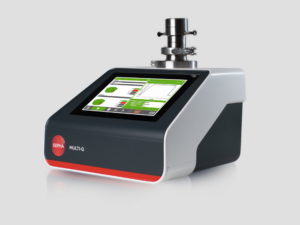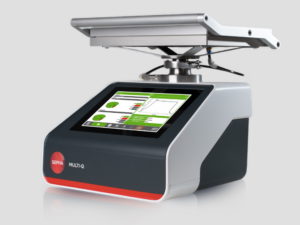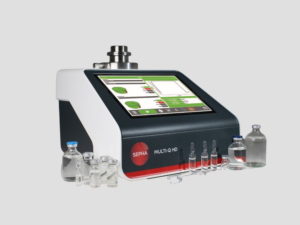Vacuum Decay Method
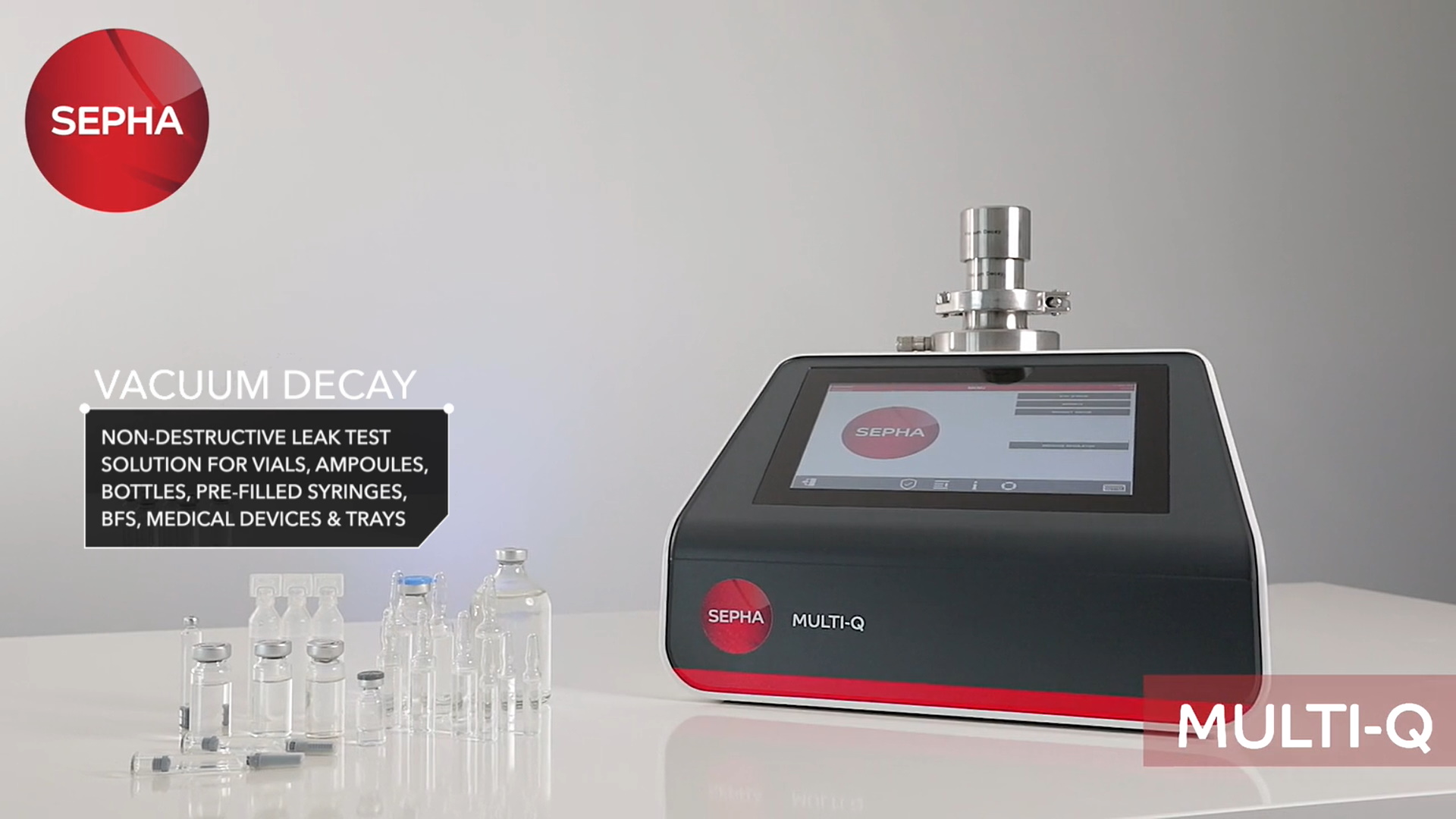
In line with the FDA approved ASTM F2338-09 standard test method and USP 1207 guidelines, the Multi-Q with vacuum decay method is developed to detect leaks in vials, ampoules, bottles, pre-filled syringes, blow fill seal strips, medical devices, trays and other containers containing water-based liquid, down to 5μm*.
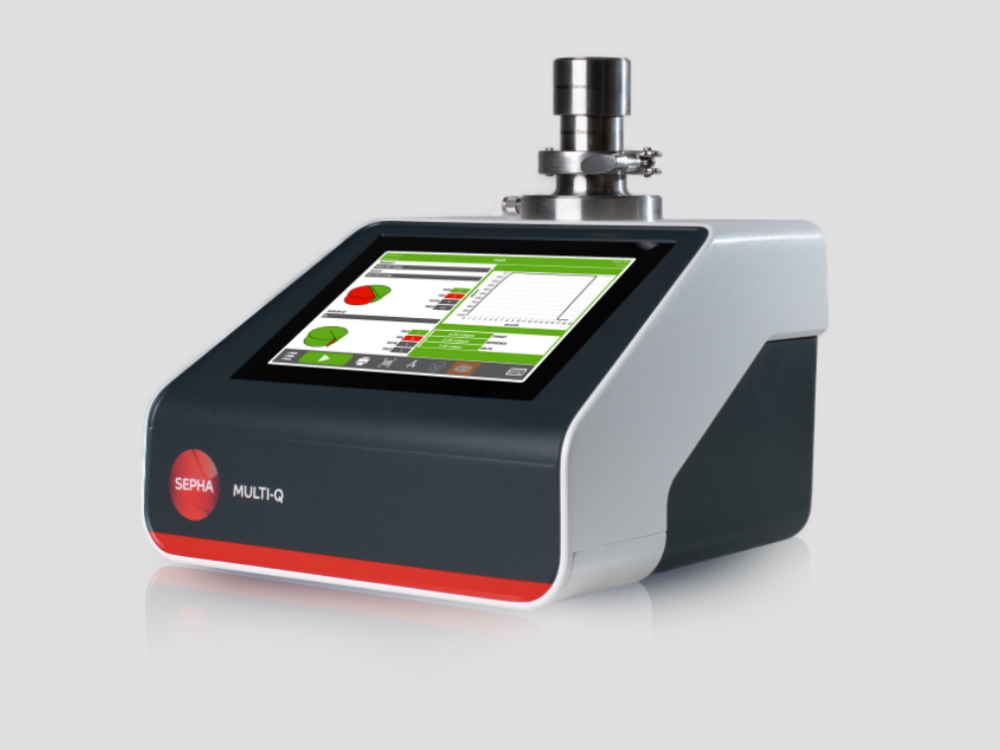
The Multi-Q vacuum decay method is quick and easy. The sample is placed into a closely fitting chamber that is specially designed based on sample type and size. Once enclosed, vacuum is applied to the chamber. The vacuum level inside the chamber and any changes in vacuum are measured over a predetermined test time using absolute and differential pressure transducers. An increase in pressure that exceeds the predetermined pass or fail parameters indicates the presence of a leak.
* Dependent on container type and content
-
Features
- Non-destructive, deterministic quantitative test method
- Utilizes vacuum decay to identify leaks and micron holes as low as 5µm (container and content dependent)
- Ideal for testing vials, ampoules, bottles, pre-filled syringes, blow fill seal strips, medical devices, trays and other containers containing water-based liquid
- Rapid test time as low as 10 seconds
- Utilizes the ASTM F2338-09 standard test method to perform the leak test
- 21 CFR Part 11 compliant
-
Technical Spec
Container Type
Vials, ampoules, bottles, pre-filled syringes, BFS strips, medical devices, traysContainer Content
Water based liquidMeasurement Range (dependent on container type and content)
Down to 5μmTest Cycle Time
Starting from 10 secondOperation
Custom tooling attachable to top of unit or via test portData Storage Capacity
UnlimitedASTM Standard Test Method
ASTM F2338-09User HMI
10.1” PCAP touchscreenConnectivity
Active directory, network printing, central network storage, custom MES/OPC data connectors available. 3x USB, ethernet port, external calibrated leak portUtilities
Electrical 24V 5A; Air Supply: Min. 200L/ min at 0.6Mpa {ISO8573-1:2010 Class 2} or vacuum pumpFeatures
Flexible reports -
Vacuum Decay
How does vacuum decay testing work?
To conduct a vacuum decay test, a container is placed in a tightly fitted chamber which is evacuated to a predetermined level of vacuum. After reaching the pre-set vacuum, a sensor measures the vacuum level over a predetermined time.
If the integrity of the container under test has been compromised (it has a leak), there will
Learn more
be a rise in pressure measured inside the chamber. This will result in a) a gross leak, if the vacuum doesn’t reach the pre-set vacuum level; b) a medium leak, if the vacuum level drops below a pre-set vacuum level during the test or c) a decay or micron leak, if the vacuum level exceeds the decay limit during the test time.
